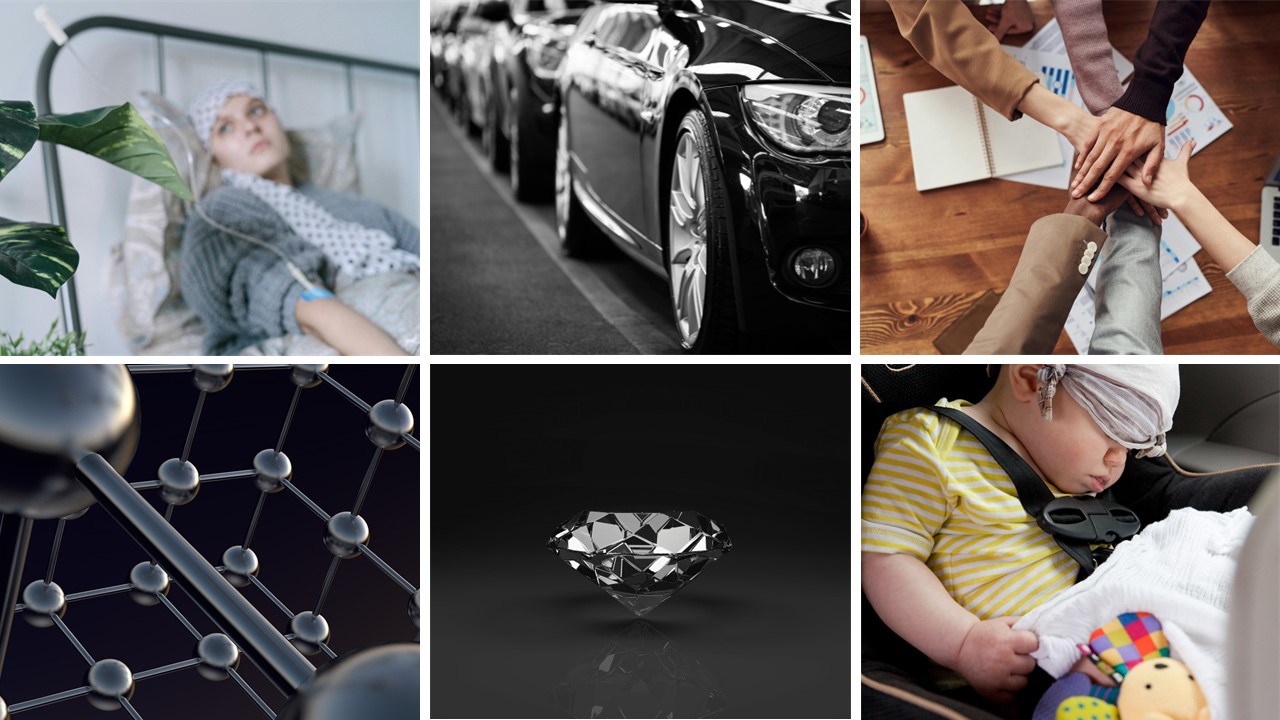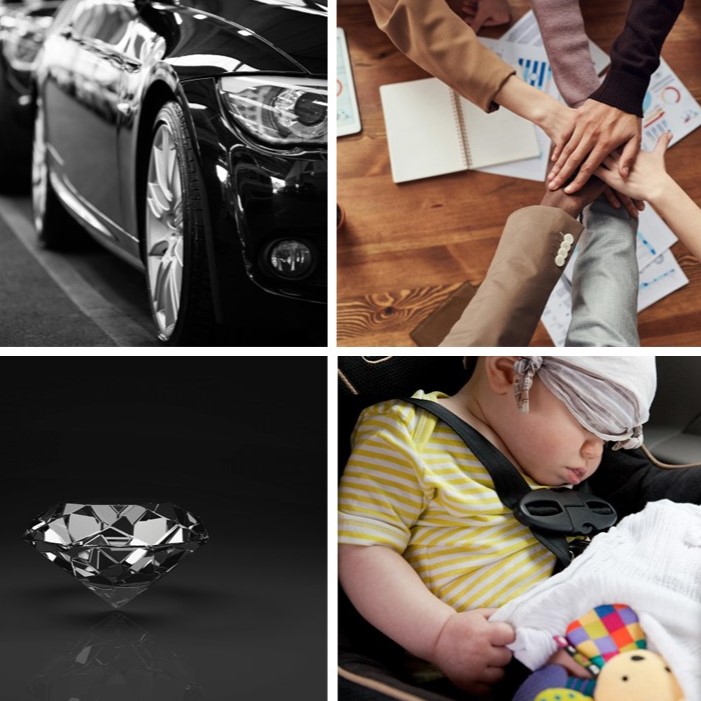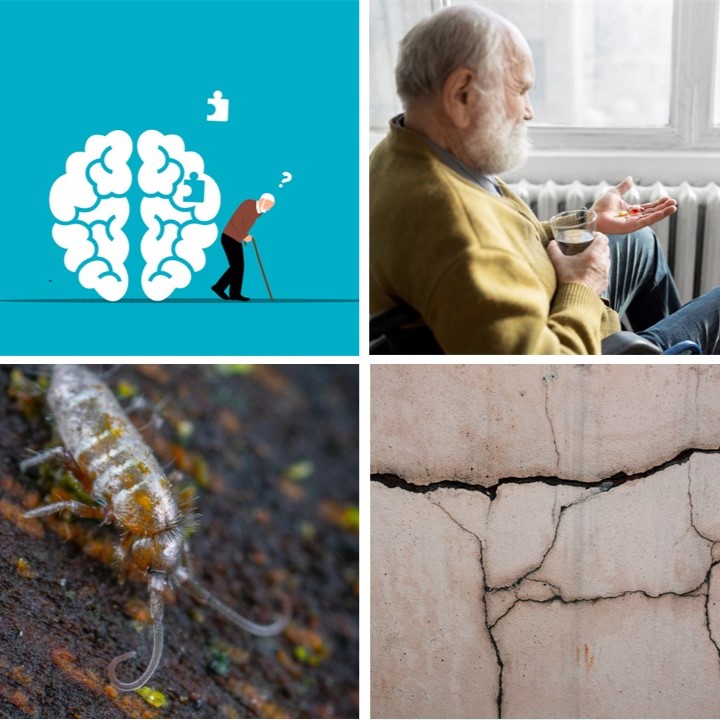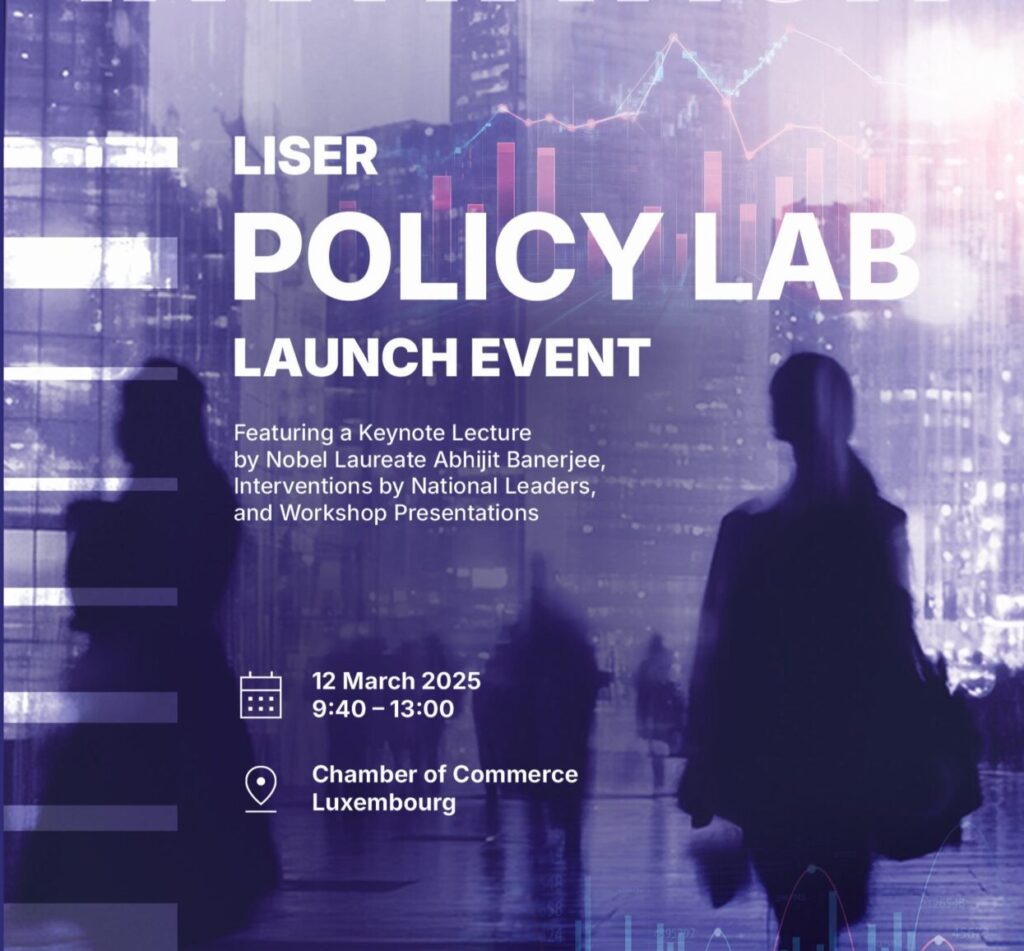10 selected Research Luxembourg results – March 2025
04 April 2025

Luxembourg News in Science & Research
An Alarm System Detecting Forgotten Children in Vehicles; A Website About the Chemicals Around Us; 6 New Species of Ancient Marine Animals Found in the Indian Ocean; The Properties Of Boron-Doped Diamonds; A Book About The Forced Labour Of Young Girls For ARBED During WWII: here are the latest scientific news from Luxembourg.
Pexels; Flickr; Pixabay
This article was originally in French and German on science.lu
Alarm System Detects Forgotten Children in Vehicles
Interdisciplinary Centre for Security, Reliability and Trust (SnT), University of Luxembourg
In the United States alone, around 37 children die each year from heatstroke after being left in a vehicle. VitaSense, the first radar-based system designed to detect children left inside cars, has been developed by SnT in collaboration with the company IEE. VitaSense works by emitting radar signals that bounce off objects inside the vehicle. These signals can detect a child’s breathing movements, even through blankets or despite interference from rain.
The team chose to use a 60 GHz radar—something never before implemented in a car. This decision proved crucial in making the system both highly sensitive and reliable. The technology represents a major advancement in automotive safety.
IEE, a global leader in automotive detection technologies, is based in Bissen, Luxembourg.
Boron-Doped Diamonds: Many Potential Applications Ahead
Faculty of Science, Technology and Medicine (FSTM), University of Luxembourg
A research project involving the University of Luxembourg explores the properties of boron-doped diamonds.
Diamonds are typically insulators, but when doped with boron, they become electrically conductive. This electrical conductivity makes boron-doped diamonds valuable materials for certain electronic applications, such as semiconductors and quantum optical devices. In collaboration with other international universities, the University of Luxembourg has made significant contributions to this research, particularly in studying potential applications in quantum computing and biomedical imaging.
Boron-doped diamond nanoparticles offer a unique advantage due to the ability to fine-tune their properties. This enhances their interaction with light, making imaging processes even more precise.
To the press release | To the publication
“3D Stories”: A Website About the Chemicals Around Us
Luxembourg Centre for Contemporary and Digital History (C²DH), University of Luxembourg / Luxembourg Centre for Systems Biomedicine (LCSB), University of Luxembourg
Millions of chemical substances surround us, many of which remain unknown. Some are essential for our survival, while others can be harmful—or even both. To make knowledge about these substances more accessible, the 3D Stories platform was created by the C2DH in collaboration with the University of Luxembourg.
3D Stories brings research activities at the University of Luxembourg to life by providing freely accessible information about various chemicals, their structures, and their properties. Professor Schymanski and his team contribute to multiple open-source databases.
The website offers insights into TFA, as well as caffeine, nicotine, DDT, and bisphenol S. It is designed for a wide audience, from specialists and policymakers to the general public.
To the press release | To the publication
6 new species of ancient marine animals found in the Indian Ocean
National Museum of Natural History (MNHN)
Skeletons of six species from five families of stalked crinoids and one family of comatulids were found in a late Pliocene to early Pleistocene sediment. They were collected at a depth of 1,460 meters on the western ridge of Rodrigues. Palaeontologist Ben Thuy from the MNHN participated in the study.
Crinoids are marine animals belonging to the echinoderm group, like starfish and sea urchins. Crinoids are characterised by their elongated bodies and arms that radiate from a central base. They are filter feeders, primarily consuming plankton and small particles suspended in the water.
This discovery proves that the biodiversity of the Indian Ocean is greater than previously suspected.
A book describes the fate of the girls who worked for ARBED during WWII
Luxembourg Centre for Contemporary and Digital History (C²DH), University of Luxembourg
A new book has been published by the C²DH about the forced labour of young girls for ARBED during World War II. Today, there is no trace of the Ukrainian, Russian, and Belarusian girls who were forced to work for ARBED every day in Belval.
One of their barrack camps was located right next to the factory, at the site where the Raemerich roundabout stands today. The Soviet prisoner of war camp was situated between the current Lycée Bel-Val and the two chimneys. Several camps of this type existed throughout the country: in Schifflange, Lallange, Esch, Dudelange, Differdange… In total, around 4,000 people, mostly young Ukrainian women, were found as part of a scientific project conducted in six countries, with 2,600 identified by name.
This work is the result of a scientific project led by Dr. Inna Ganschow from 2021 to 2024 at the C²DH, funded by the Luxembourg Ministry of State.

Prosocial Behaviour Can Help Prevent Deaths of Despair
A recent study by STATEC examines how prosocial behaviors can save lives. Acts of prosocial behavior, such as donating, volunteering, and helping others, contribute to both individual and social well-being.
The study’s findings suggest that a ten-percentage-point increase in the proportion of people engaging in prosocial behaviour is associated with approximately one life saved per year per 100,000 inhabitants. For Luxembourg, this equates to around 5.2 lives saved annually. The most vulnerable groups remain men and the elderly.
However, prosocial behaviour has declined in most of the countries analysed by the researchers, including Luxembourg. Encouraging prosocial actions could help build more supportive, cooperative, and trusting societies—ultimately saving more lives.
To the press release | To the publication
Quality of Healthcare Largely Considered Satisfactory in Luxembourg
Luxembourg Institute of Health (LIH)
Luxembourg’s healthcare system stands out for its perceived quality of care and patient-centered approach: 93% of people consider the quality of care satisfactory, and 91% believe that healthcare services meet their needs. These are key findings from the international PaRIS survey, conducted in Luxembourg by the LIH.
In Luxembourg, 1,590 patients were surveyed about their health, healthcare experiences, and sociodemographic characteristics. Data was also collected from 52 medical practices. Among respondents, 72% reported having good physical health, and 86% reported good mental health—both figures higher than the OECD international average (70% and 83%, respectively). Trust in the healthcare system is also relatively high, with 66% of people in Luxembourg expressing confidence, compared to the OECD average of 62%.
This study enables international comparisons of patients’ healthcare experiences. A major challenge highlighted in the report is the lack of care coordination for patients with chronic illnesses.
To the press release | To the publication
In Luxembourg, Cars Remain the Preferred Mode of Commuting
A new STATEC study highlights Luxembourg’s reliance on cars for commuting, despite the availability of free public transportation.
According to the study, in 2021, cars remained the dominant mode of transport for more than two out of three employed individuals (approximately 67% as drivers, plus an additional 2.2% as passengers). Public transport accounted for most of the remaining third, with over 11% of employed individuals primarily using buses, followed by trains (less than 5%) and trams (less than 2%), the latter having limited usage due to its small geographic coverage. Active transportation modes made up 12% of commutes, divided between walking (nearly 10%) and cycling (over 3%).
Between 2011 and 2021, the share of car usage for commuting decreased from 72.3% to 69.3%. However, public transport usage remained stable at 17.6%, despite service improvements and free fares. The study also highlights the rise of new transportation modes, such as trams, e-scooters, and e-bikes, which were either non-existent or less developed in 2011.
To the press release | To the publication (in French)
ImmunoTox: A Platform Dedicated to Immunotherapy Complications
Centre Hospitalier du Luxembourg (CHL) / University of Luxembourg
The rise of immunotherapy marks a major breakthrough in oncology, showing promising results in treating certain cancers. However, it is not suitable for all patients and can lead to serious side effects due to an excessive immune response.
The Centre Hospitalier de Luxembourg is launching ImmunoTox, a collaborative platform for healthcare professionals to ensure optimal management of immunotherapy-induced toxicities. Immunotherapy is a treatment approach that stimulates the patient’s immune system to help identify and destroy cancer cells.
Nearly one in five people still at risk of poverty in Luxembourg
The latest results from the 2024 survey on household income and living conditions, based on 2023 household income, reveal that resident households faced slightly fewer economic and financial difficulties.
However, with a poverty risk rate of 18.1% in 2024 (compared to 18.8% in 2023), nearly one-fifth of Luxembourg’s resident population remains at risk of poverty. Among the most vulnerable groups, children under 18 continue to be particularly affected.
In 2024, the average standard of living in Luxembourg was 4,867 euros per month per household member. Among the country’s resident population, around one in four children remains at risk of poverty. These children live in households where the standard of living is below 2,540 euros per month per person.
Author: Diane Bertel
Editor: Lucie Zeches (FNR) ; Hélène Jacuszin (Research Luxembourg)








